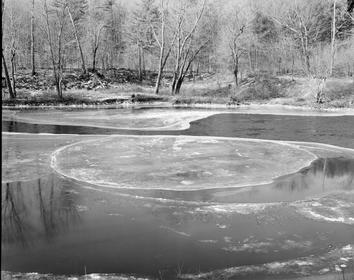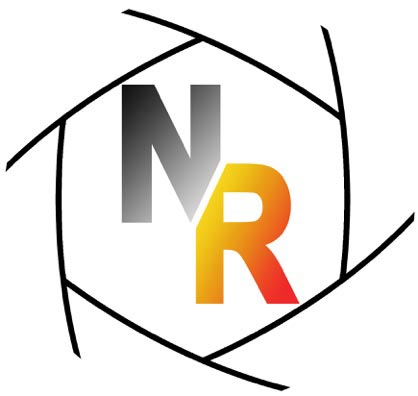This is a blog post about the big change that has taken place in photography. After now a long career as a photographer and a photography educator I can now say that craft matters very little and that the age of making beautiful photographic prints is over.
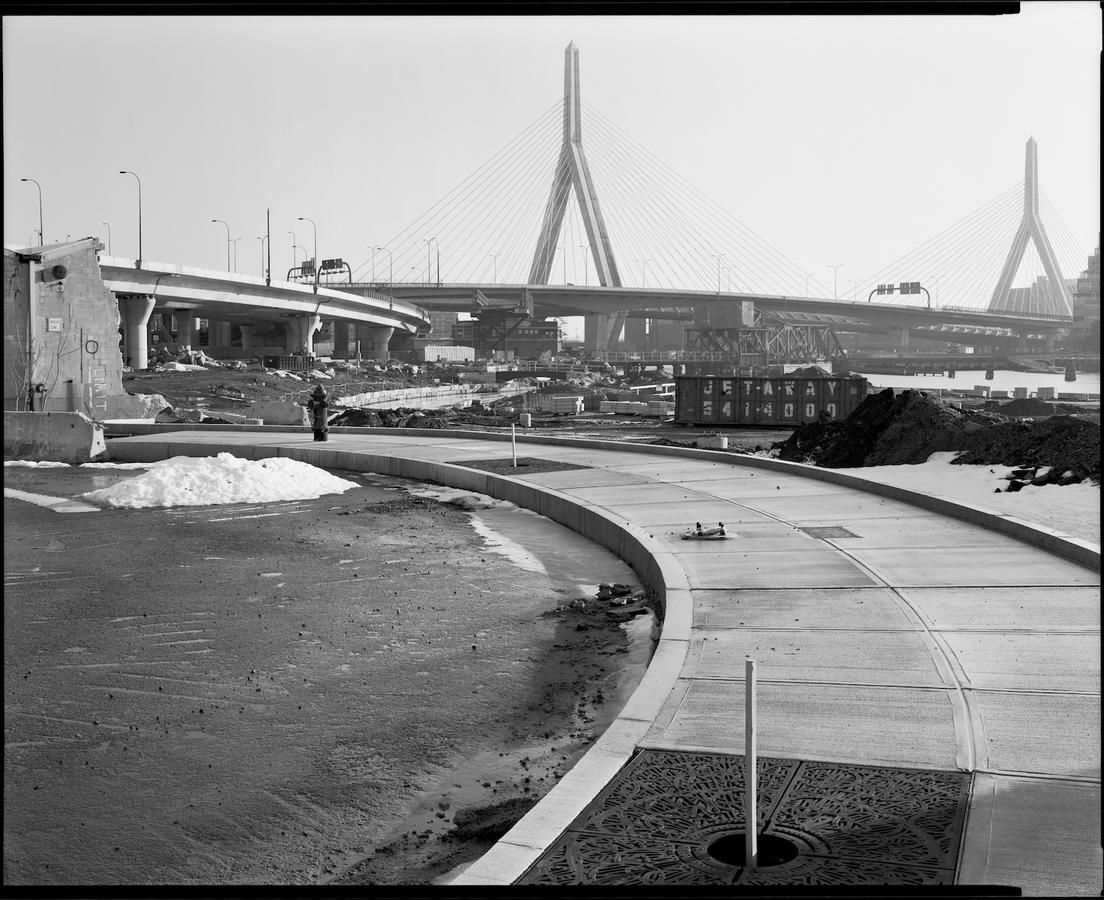
Let's go back a few years, to students studying film-based photography at the university level. Craft was king then, as it was hard to learn to shoot film, to know how to adjust various settings on the camera, to make pictures that conveyed things beautifully. Hell, even after learning to load film in the tank and develop, it took weeks to learn how to make a good black and white print, often a whole semester. Good craft was the foundation of making pictures that looked good, conveyed intent, communicated a certain emphasis or point of view that was expressive and intelligent. All gone now, of course. The advancement of technology has eliminated all that. A good analogy is learning to drive a car. This is a skill, learned over time with the necessary training and discipline to become good at it. Same with photography, or used to be. Autonomous cars are coming and you'll no longer need skill behind the wheel to get someplace. With photography to some extent we are already in an age of autonomous photography, for the devices are really doing just fine on their own, making well-exposed files of pictures that practically print themselves at very high quality. Look at the sheer quality of smartphone photos today. Great skills at the helm of the computer, the conduit to the inkjet printer, are no longer required. The process has become so highly automated that a great intellect combined with years of experience is no longer needed. The people who are truly great printers have been obsolesced by great advances in automatic everything. Of course, there are lapses in all this. People still do make terrible prints. Through some brain fart or no knowledge whatsoever really terrible photographs are made every day. But with a modicum of knowledge, great prints are easy and can be practically assumed.
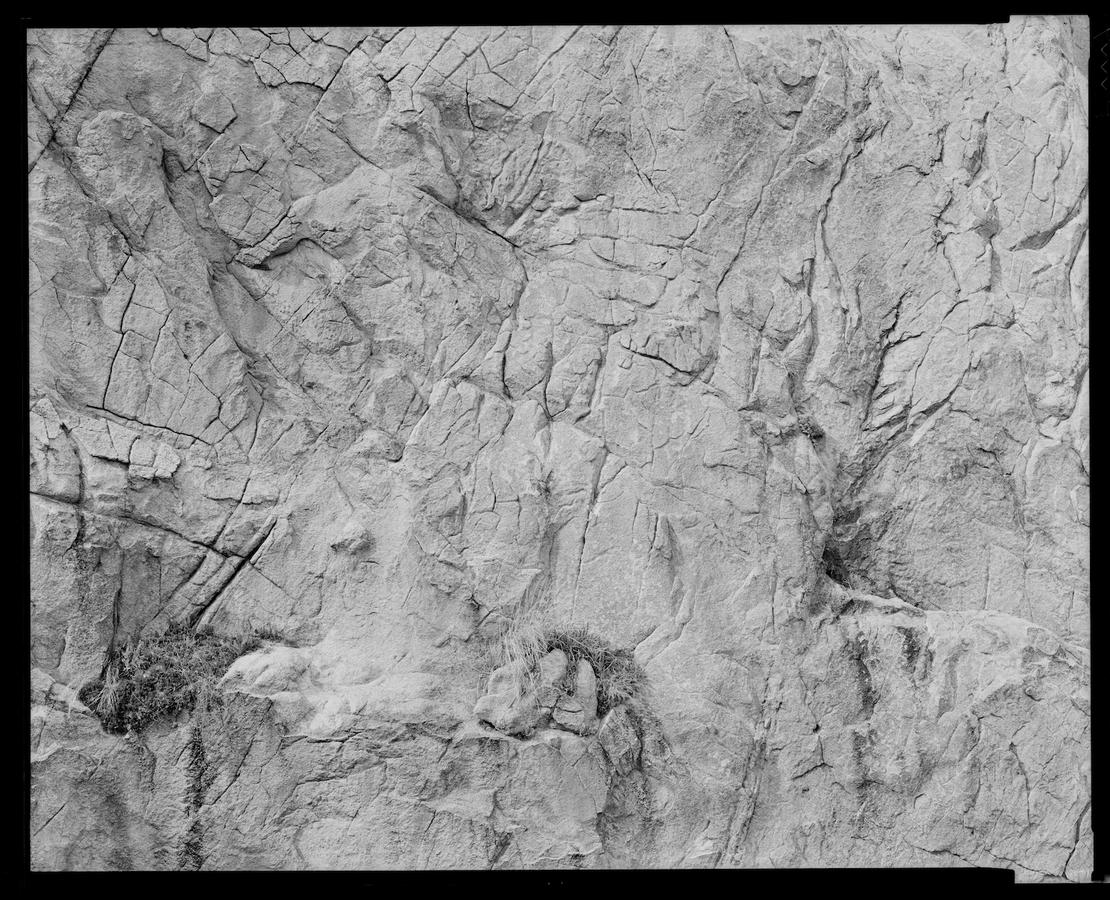
It's tough to be obsolesced.
This makes looking back to a Stieglitz, or a Weston or even an early color street photograph from the early 70s by Joel Meyerwitz look like they were making a bloody miracle. And they were. Spend some time with some original Adams or Weston prints and they will blow you away, as for them to be making prints of that high a quality in the time they were making them was unbelievable.
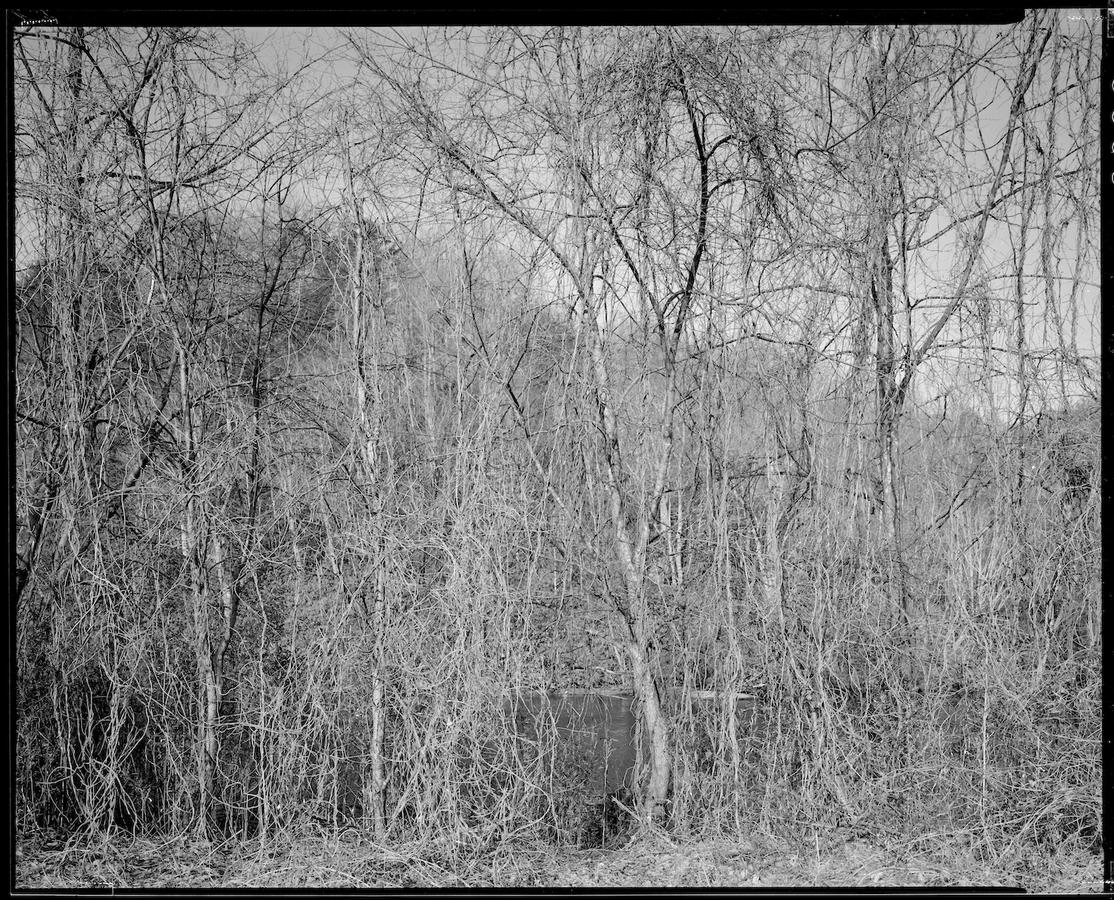
Now, shoot RAW, let the camera make the focus and exposure settings, load the file into Lightroom, adjust it with sliders to your liking, export it as a TIFF, send it off to be printed or print it yourself and what have you got? A well exposed and excellent print.
Did I at times rely upon my technical skills in analog days to outweigh anything else?
Yes.
Many of us did that. Point an 8 x 10 camera at something inane and inconsequential, develop the film and make the print with consummate skill, frame it beautifully and show it with the presumption that it is hugely important. Great significance and weight based on the device that made the picture, often nothing else. Paul Krot, a teacher of mine at RISD and the inventor of Sprint Chemistry, once said to me that anything was fantastic if shot with an 8 x 10 camera and its true. The format seduced me for 25years.
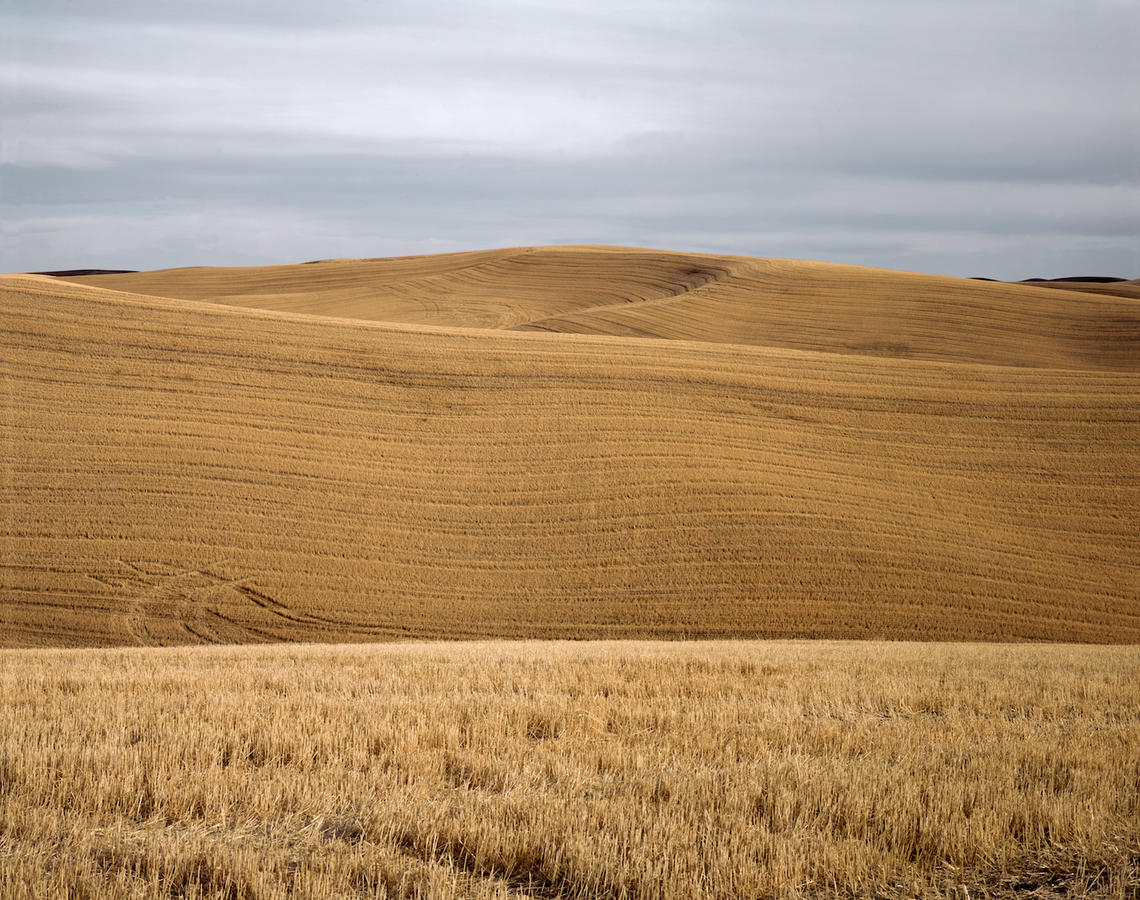 Now, I am shooting with a 61 MP mirrorless camera that handheld can do very well when compared to the 8 x 10, maybe even better. Making a big print 40 or 50 inches across is easy these days, you just need a big printer.
Now, I am shooting with a 61 MP mirrorless camera that handheld can do very well when compared to the 8 x 10, maybe even better. Making a big print 40 or 50 inches across is easy these days, you just need a big printer.
All of those technical concerns, the skill of printing and handling the materials knowledgeably, being practiced and respectful of what could be done are now, for the most part, over.
When working with analog materials my objective was always to make the perfect print; the widest tonal range, the best sharpness, the deepest blacks and the most luminous highlights that I could. Remember Ansel Adam's adage that the "negative was the composition but the print was the performance"? This took great skill, years of experience and yes, often some luck to succeed. It was very difficult to do. Now, these things are easy, almost assumed. Those very values and high standards are often lost on those younger, brought up in a digital era. This is partly progress but also makes me a little sad too. The idea, now, of spending a whole day in the darkroom going through many sheets of paper to make one consummate print seems laughable.
To quote Kurt Vonnegut once again,
"and so it goes."
(All images reproduced here are ©Neal Rantoul and are from 8 x 10 negatives and transparencies and may not be reproduced without specific permission by the photographer.)
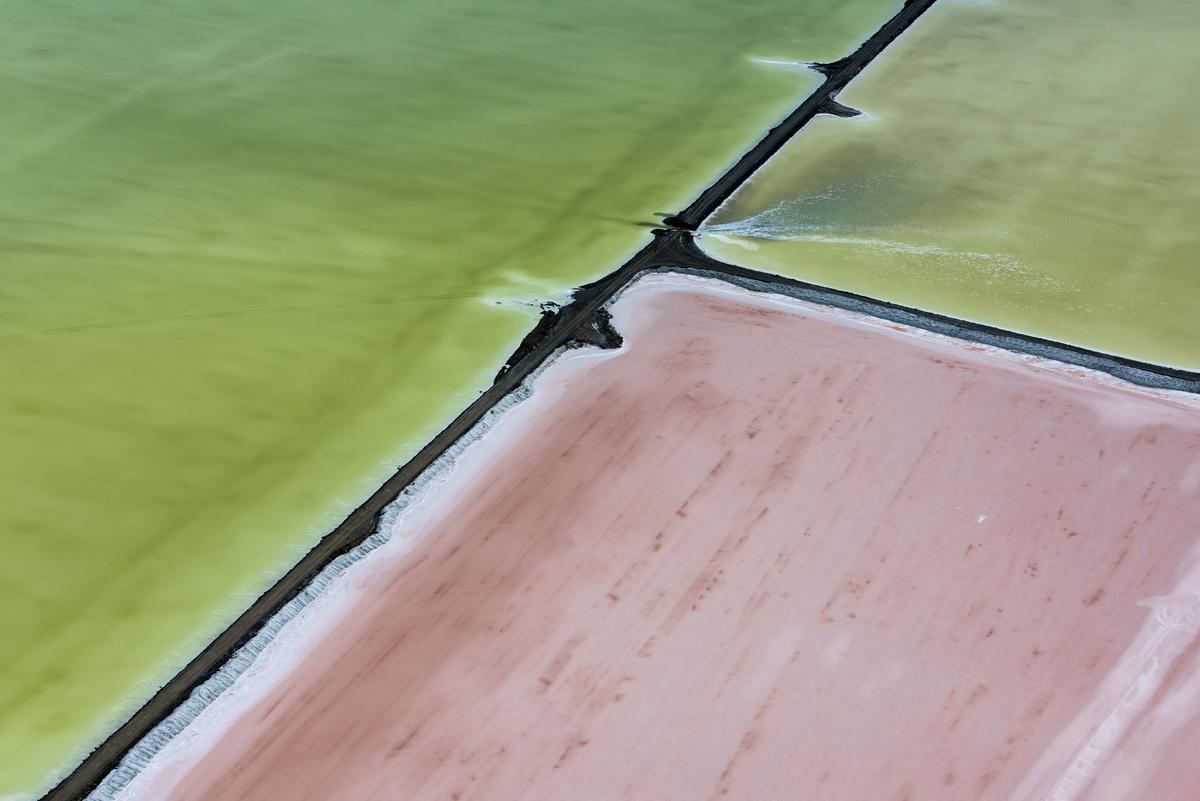
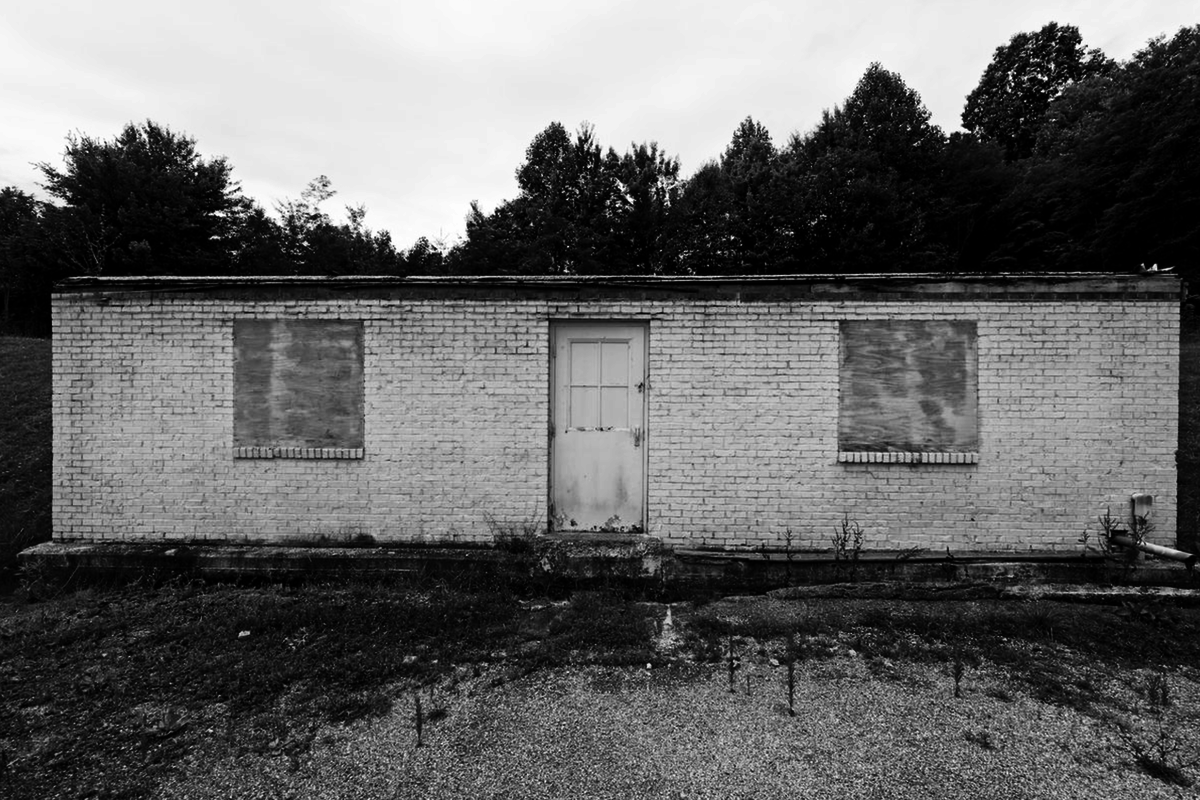
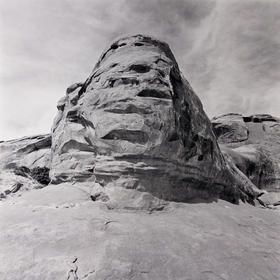
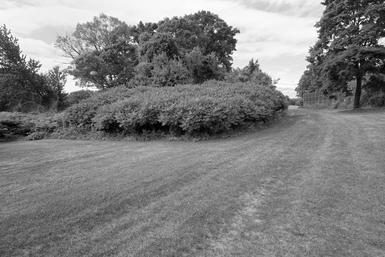
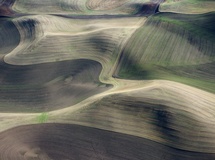
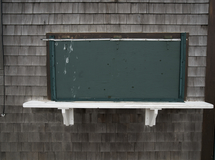
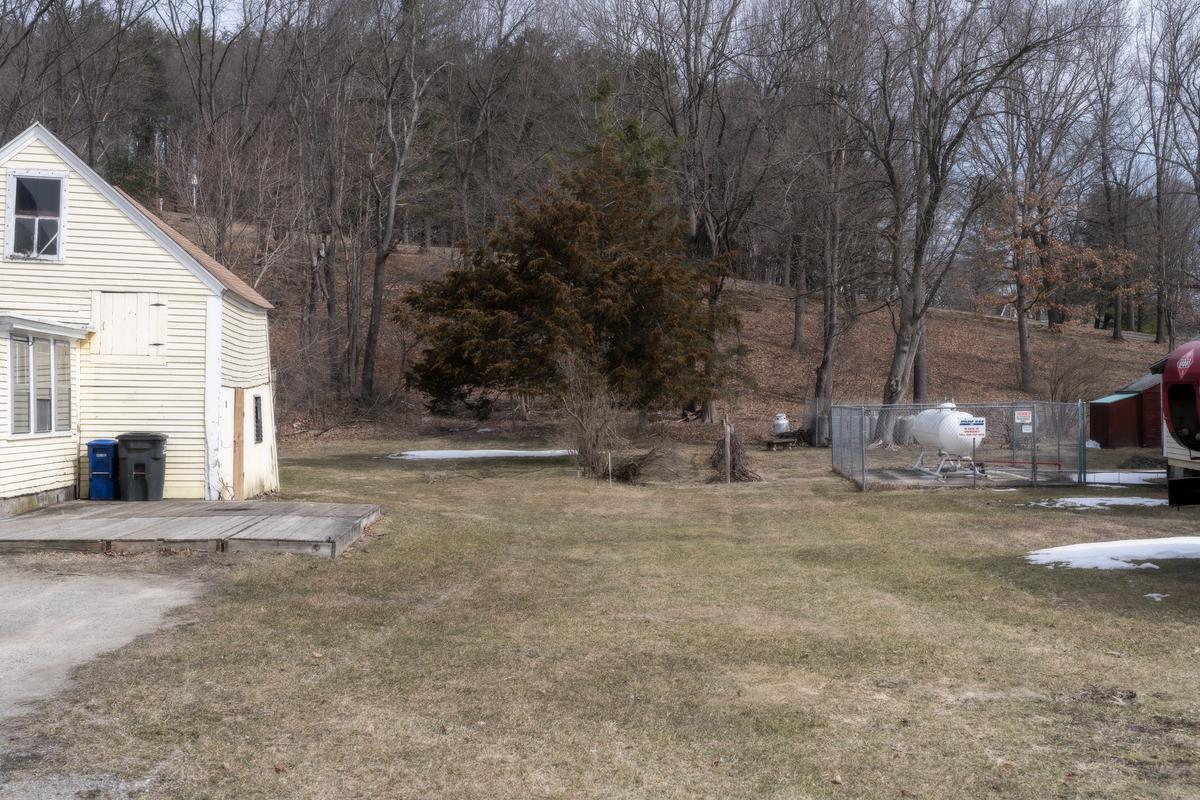

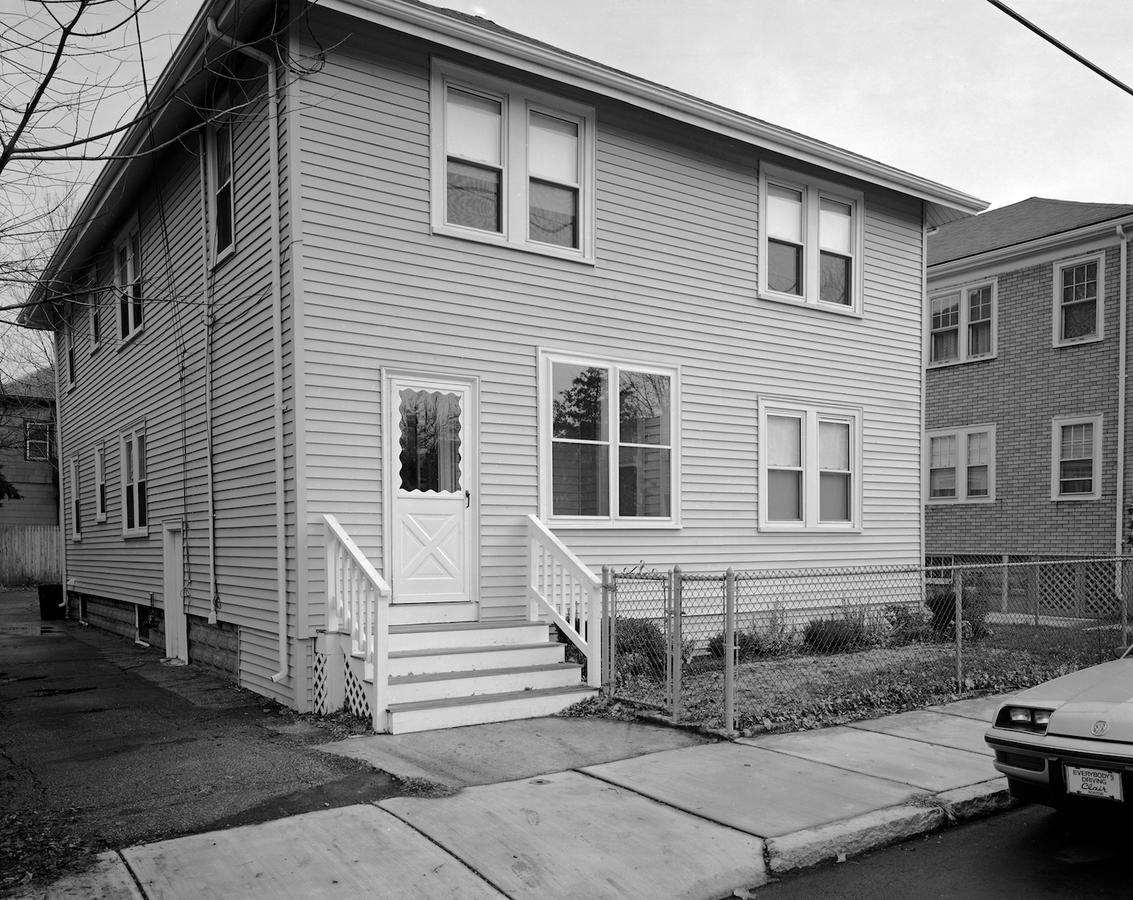 Cambridge, 1994
Cambridge, 1994 Hershey, PA 1996
Hershey, PA 1996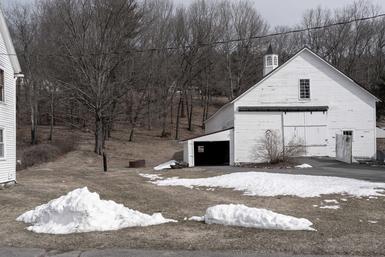
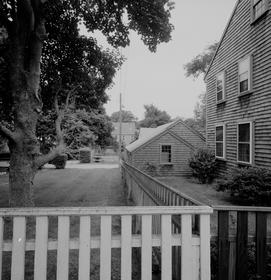
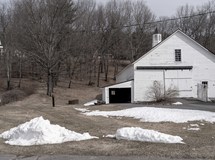
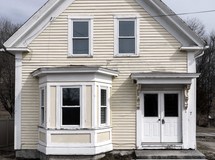
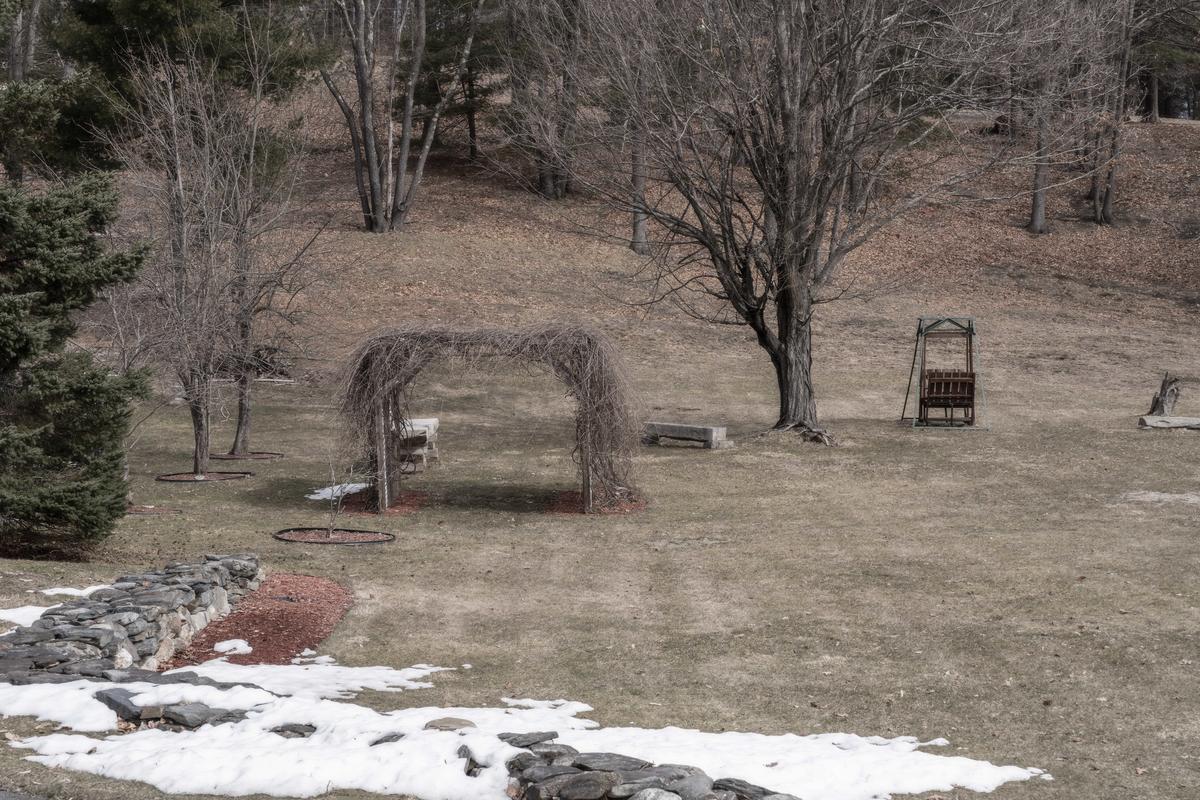
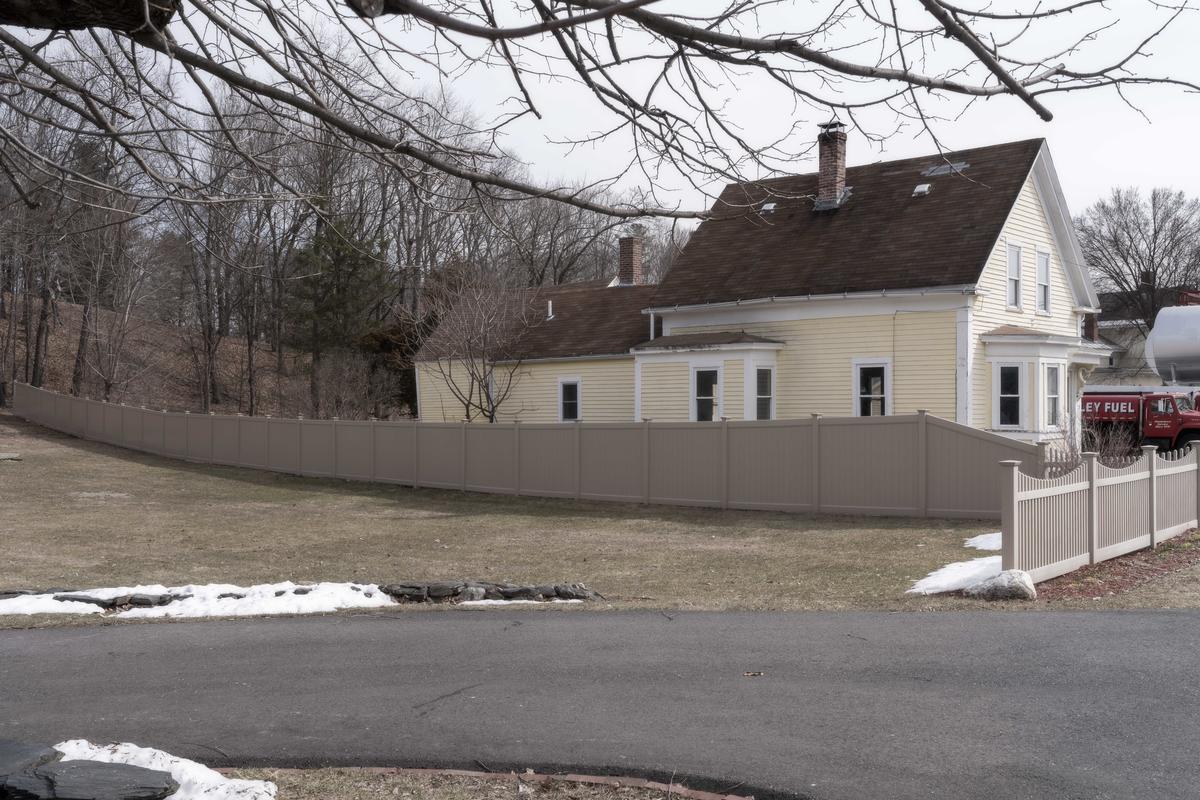

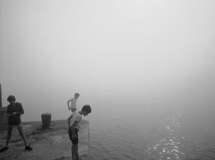
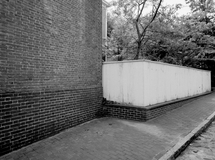
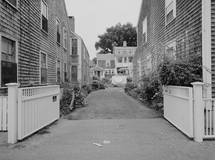
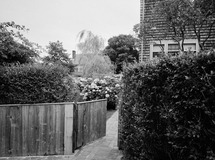
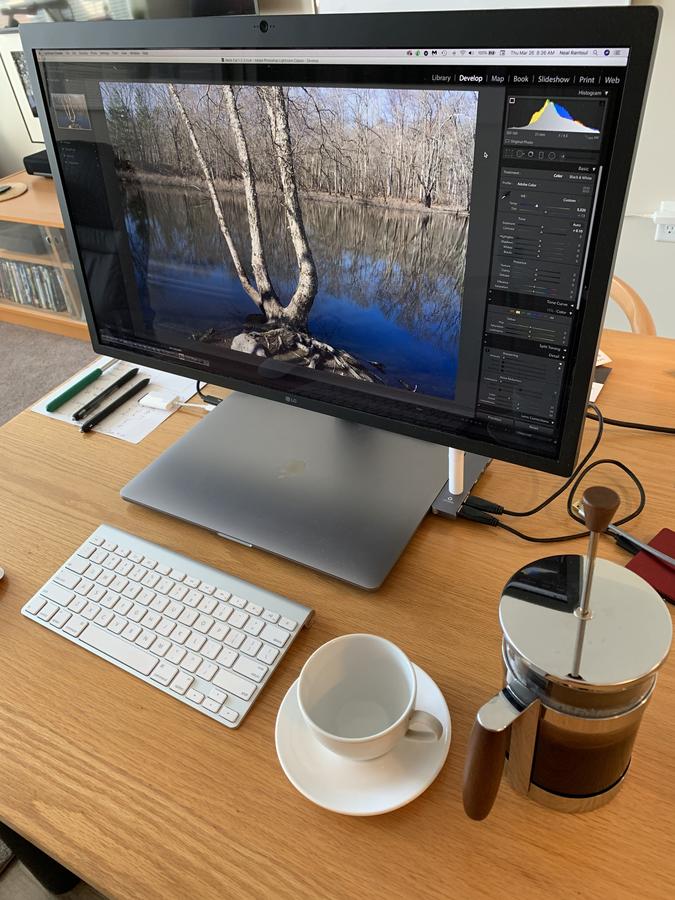
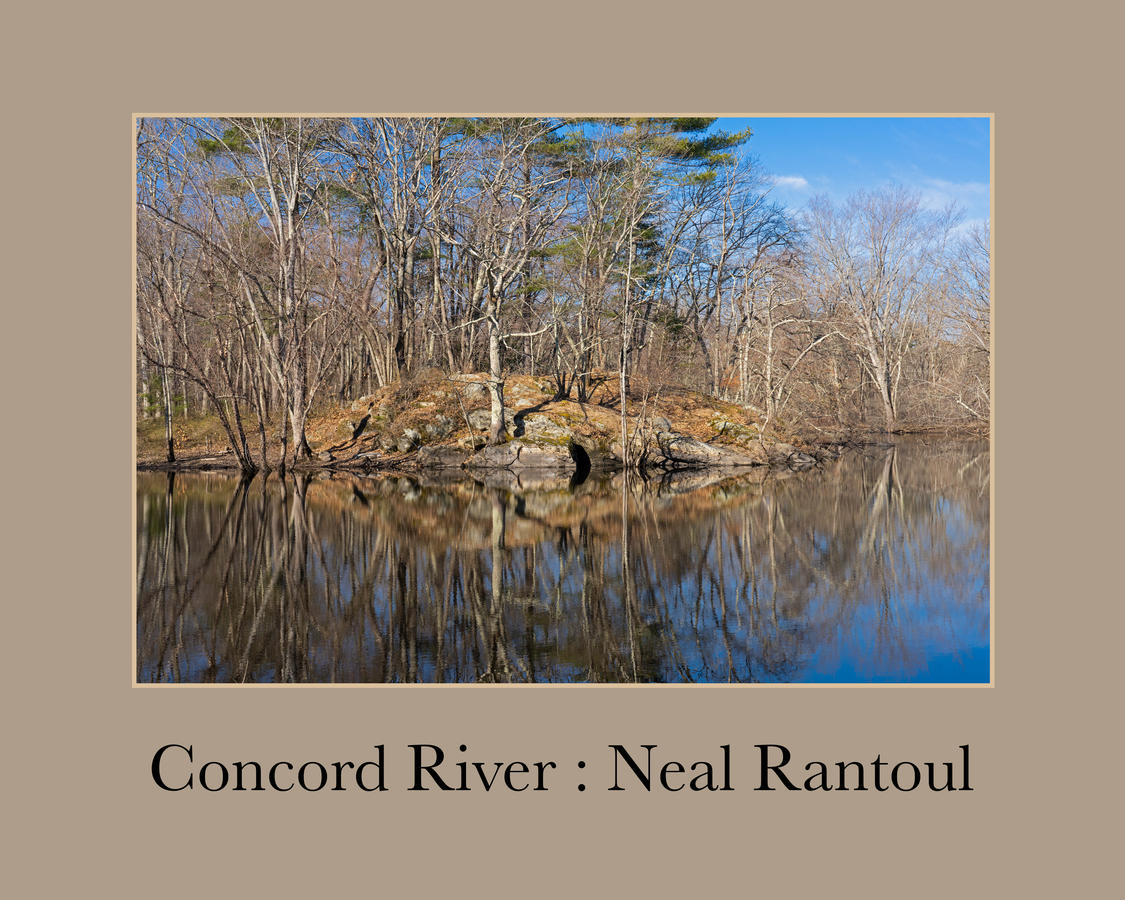
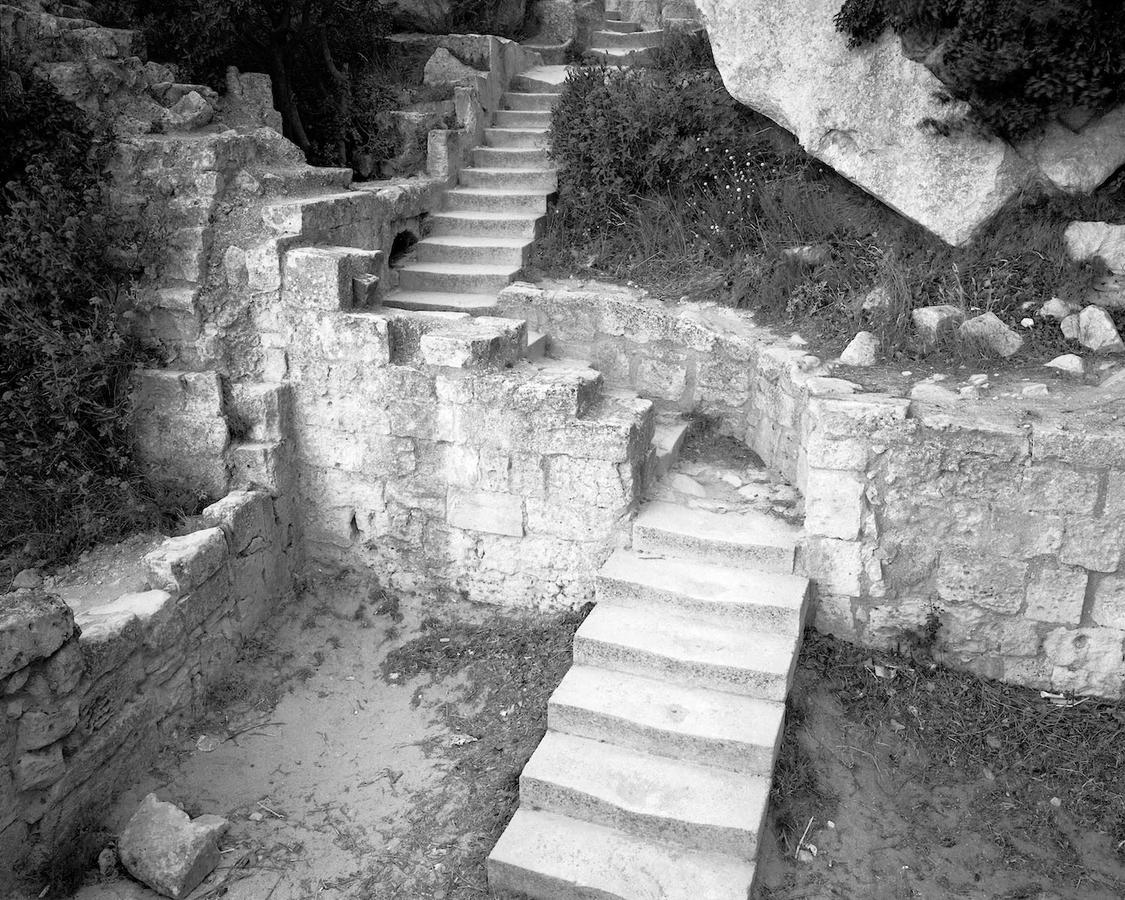 to scan, to clean with the cloning tool in PS and make ready for printing. Although Jillian does many other things for me and is most valued for all that she does, this is her primary role.
to scan, to clean with the cloning tool in PS and make ready for printing. Although Jillian does many other things for me and is most valued for all that she does, this is her primary role. 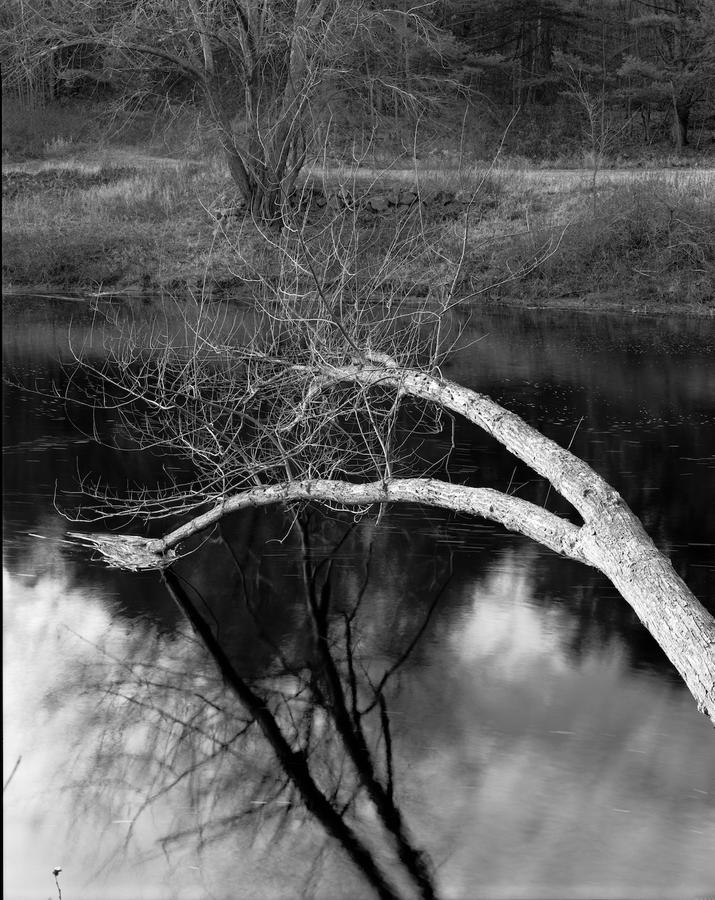
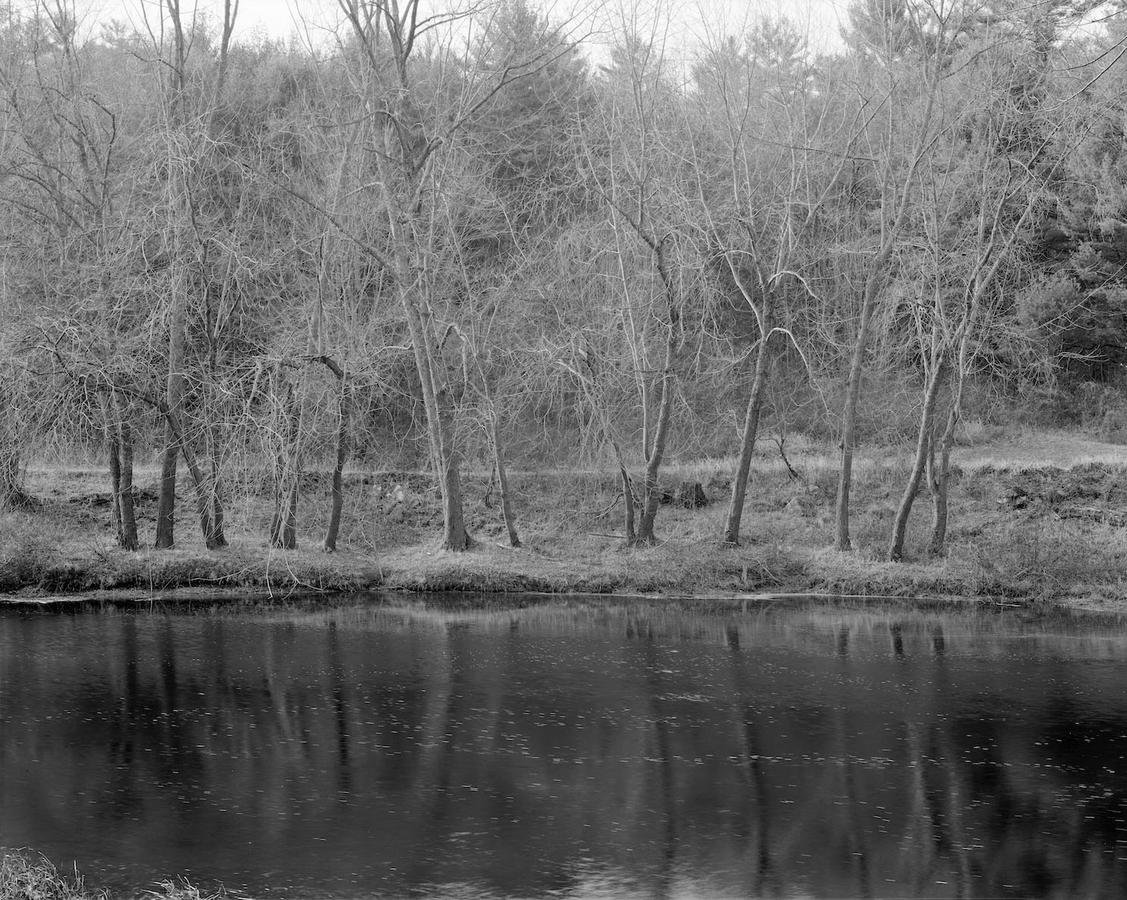
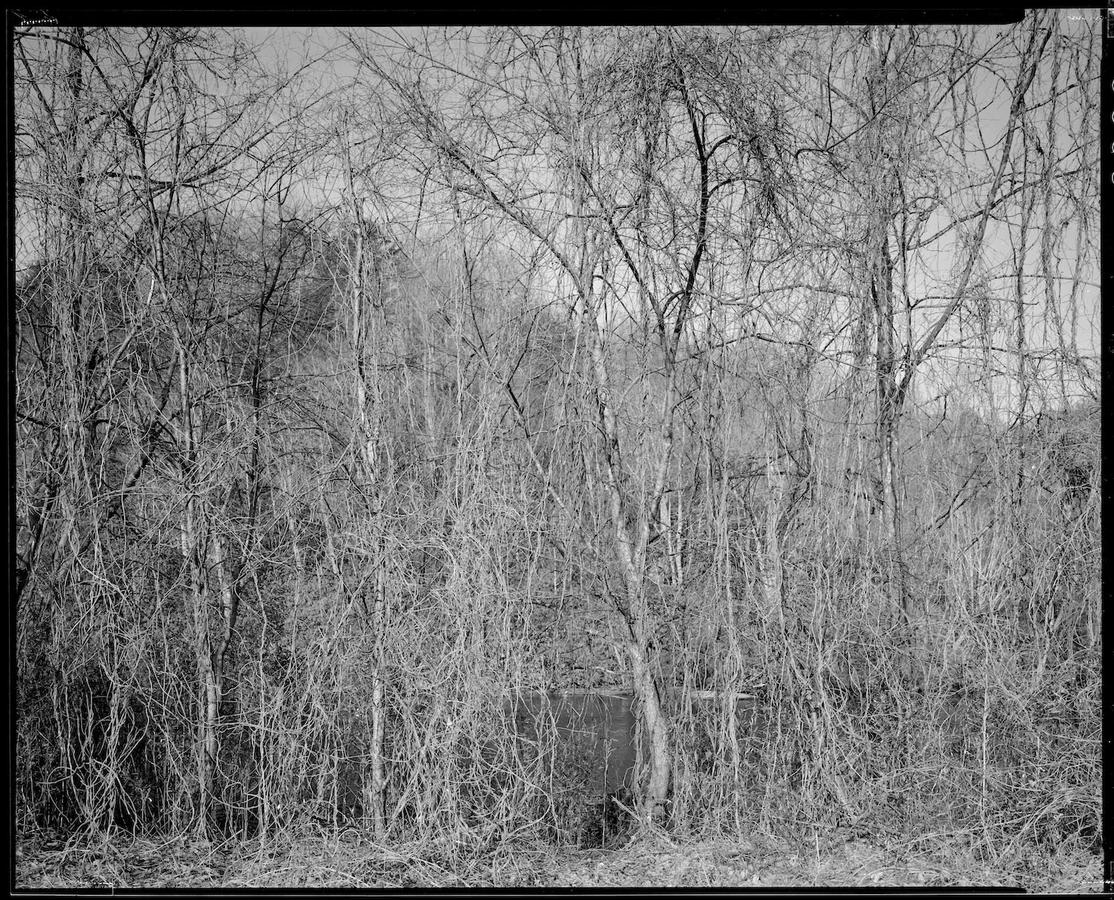
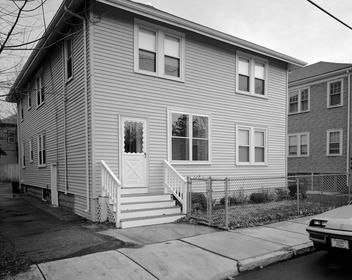
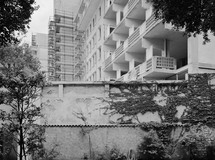
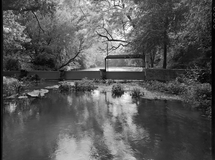
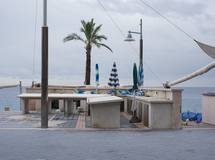



 Now, I am shooting with a 61 MP mirrorless camera that handheld can do very well when compared to the 8 x 10, maybe even better. Making a big print 40 or 50 inches across is easy these days, you just need a big printer.
Now, I am shooting with a 61 MP mirrorless camera that handheld can do very well when compared to the 8 x 10, maybe even better. Making a big print 40 or 50 inches across is easy these days, you just need a big printer.